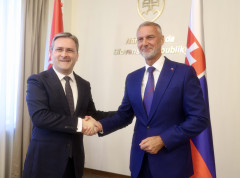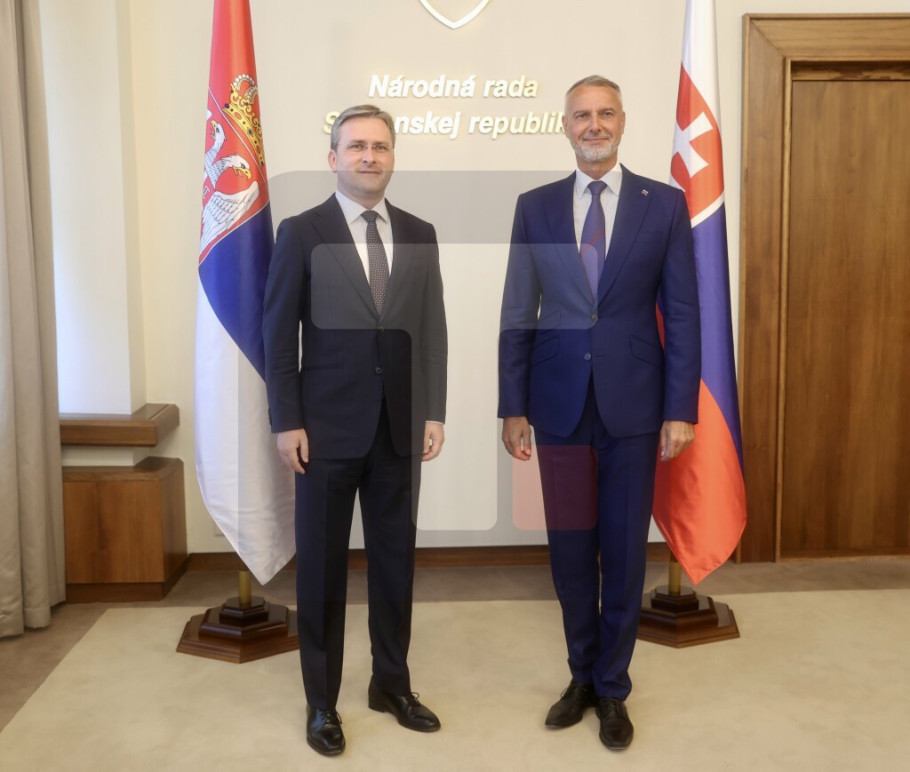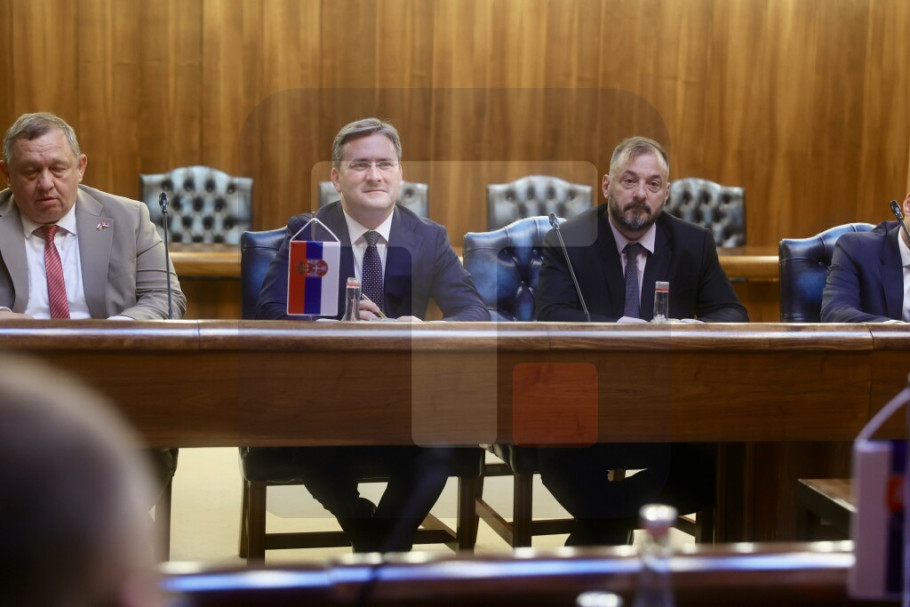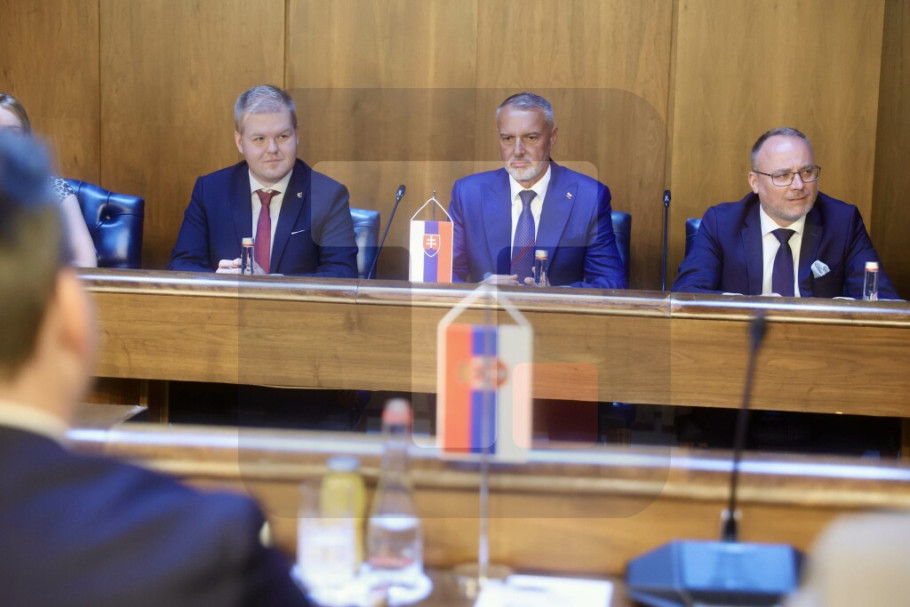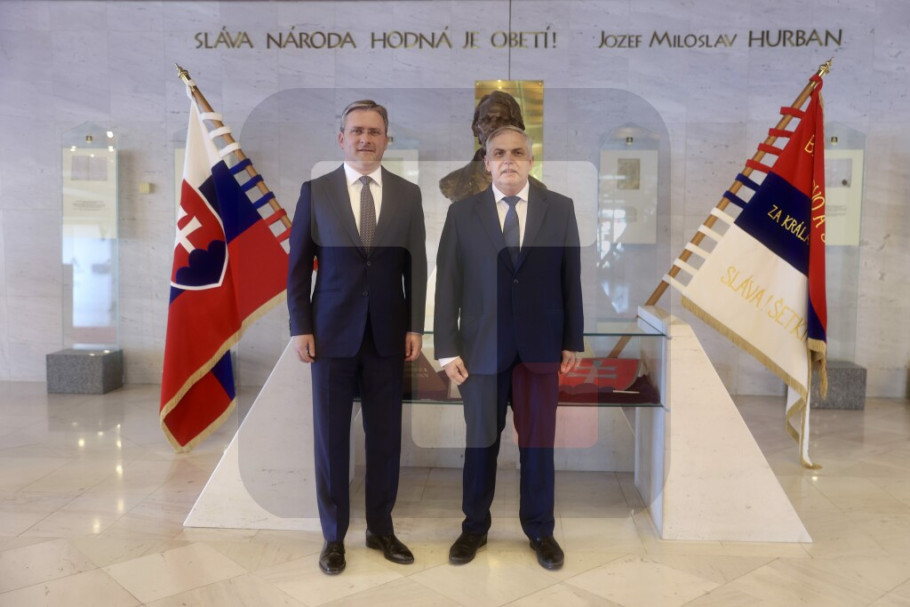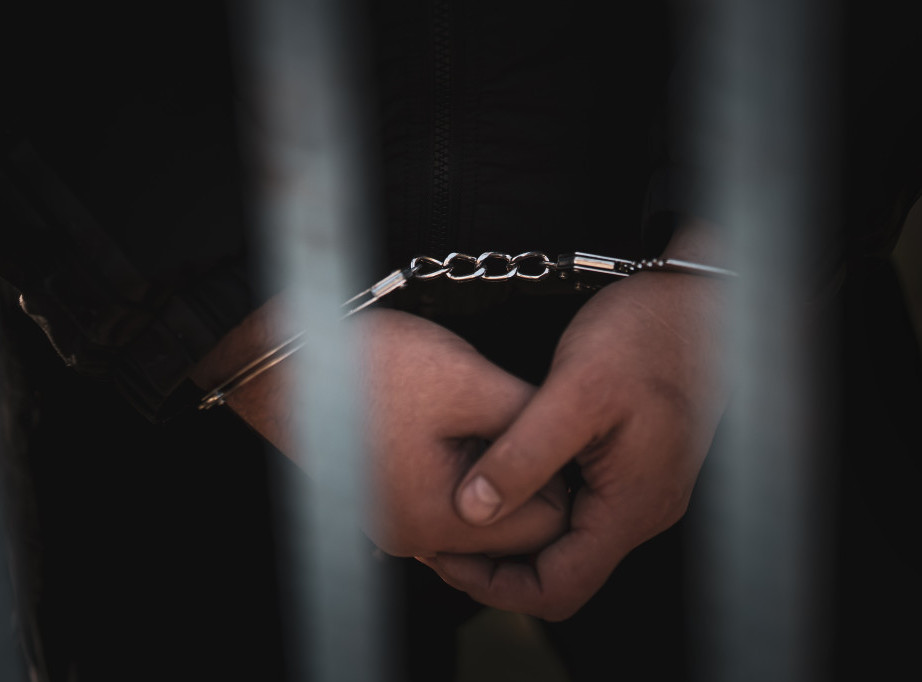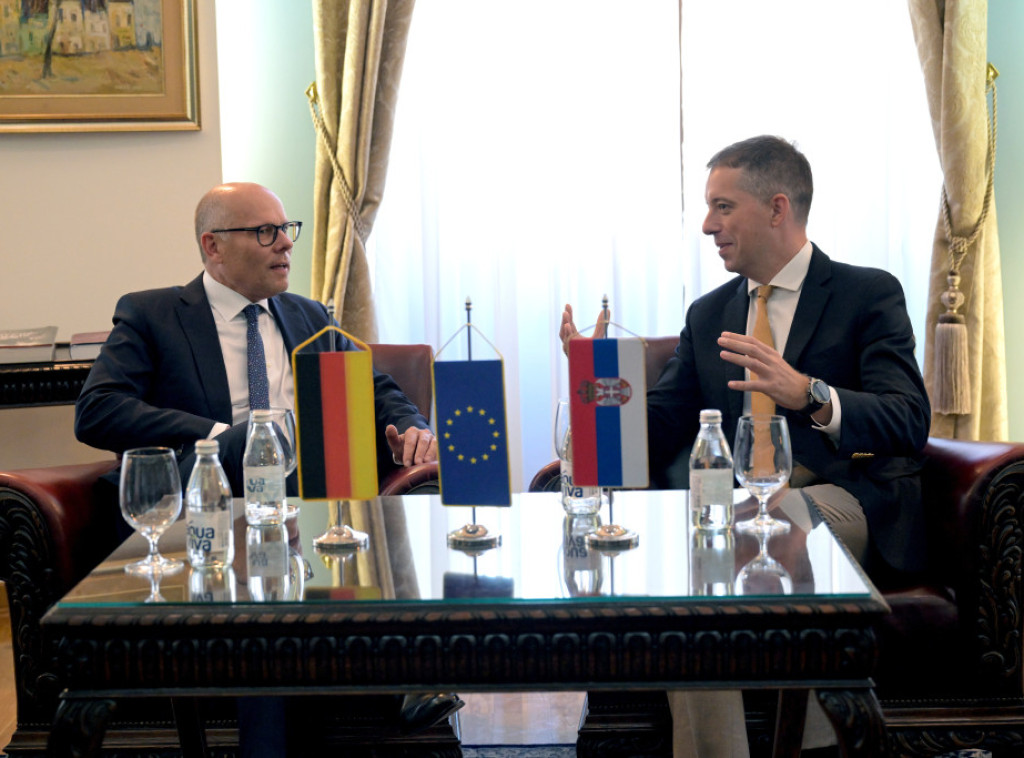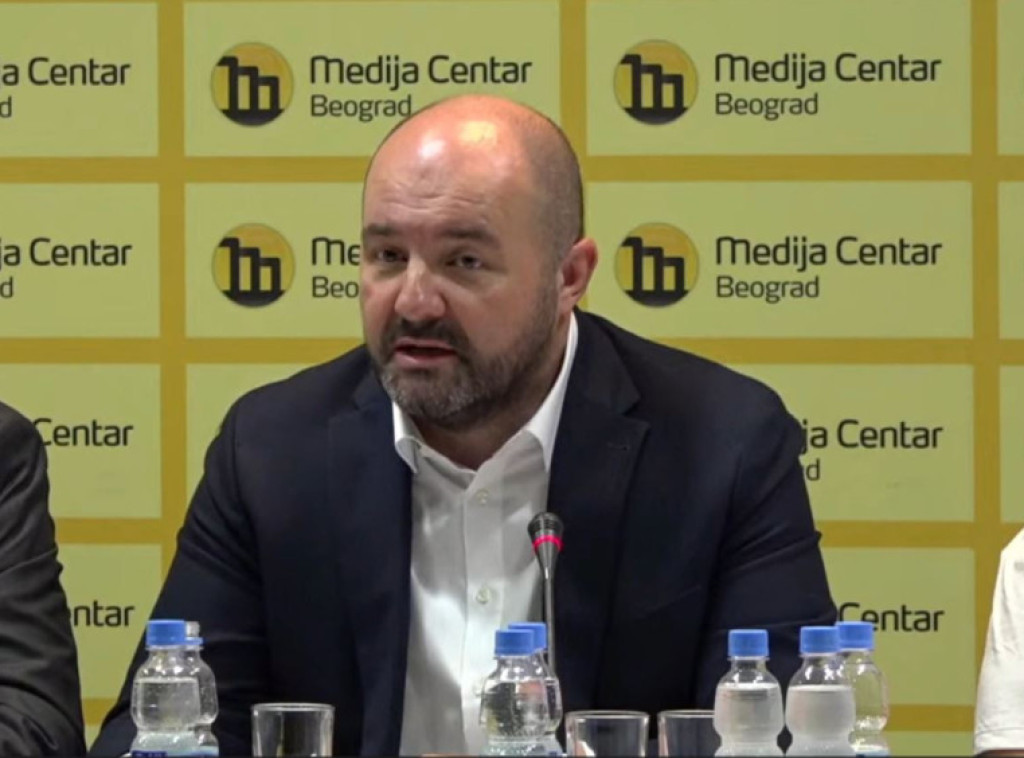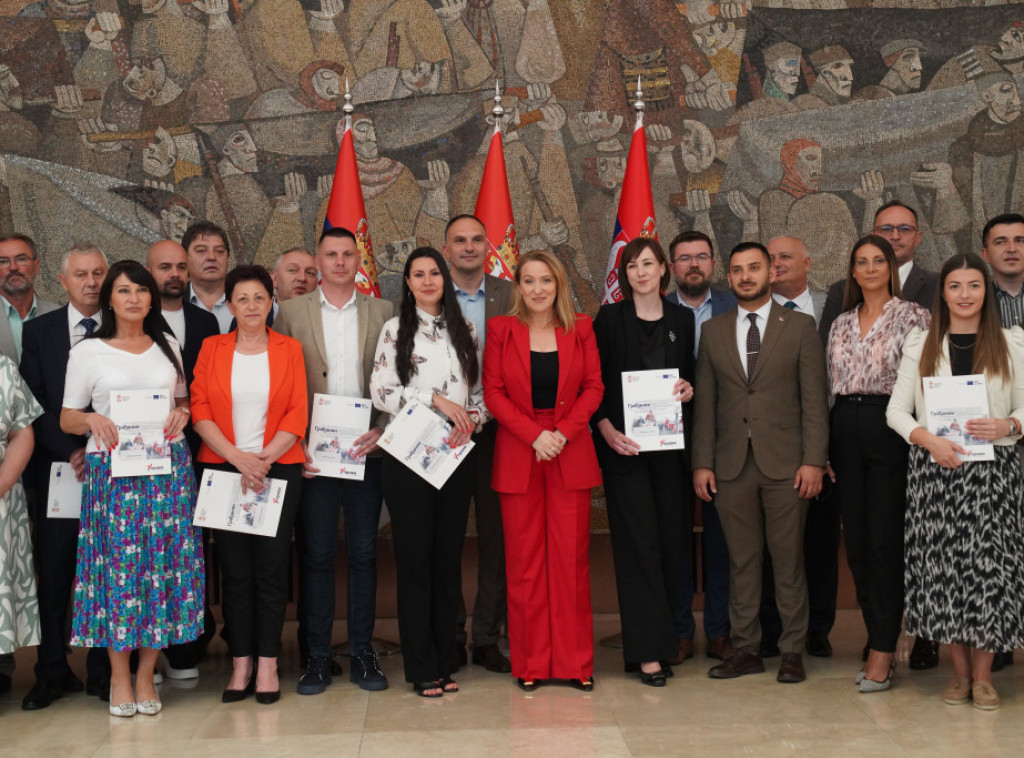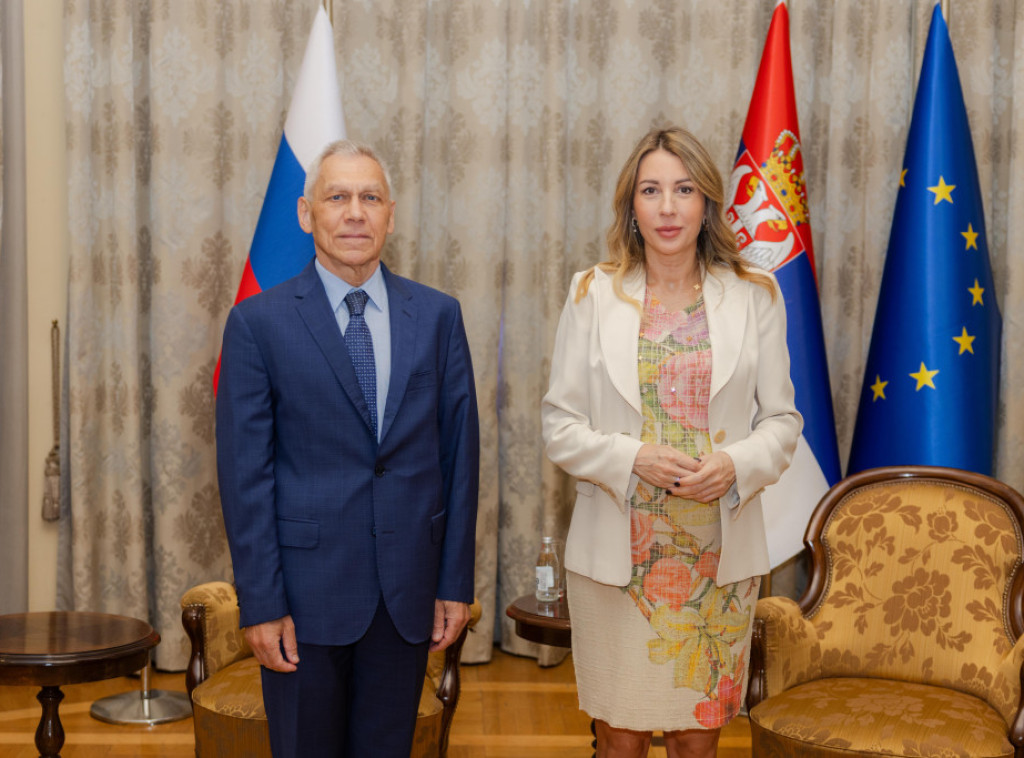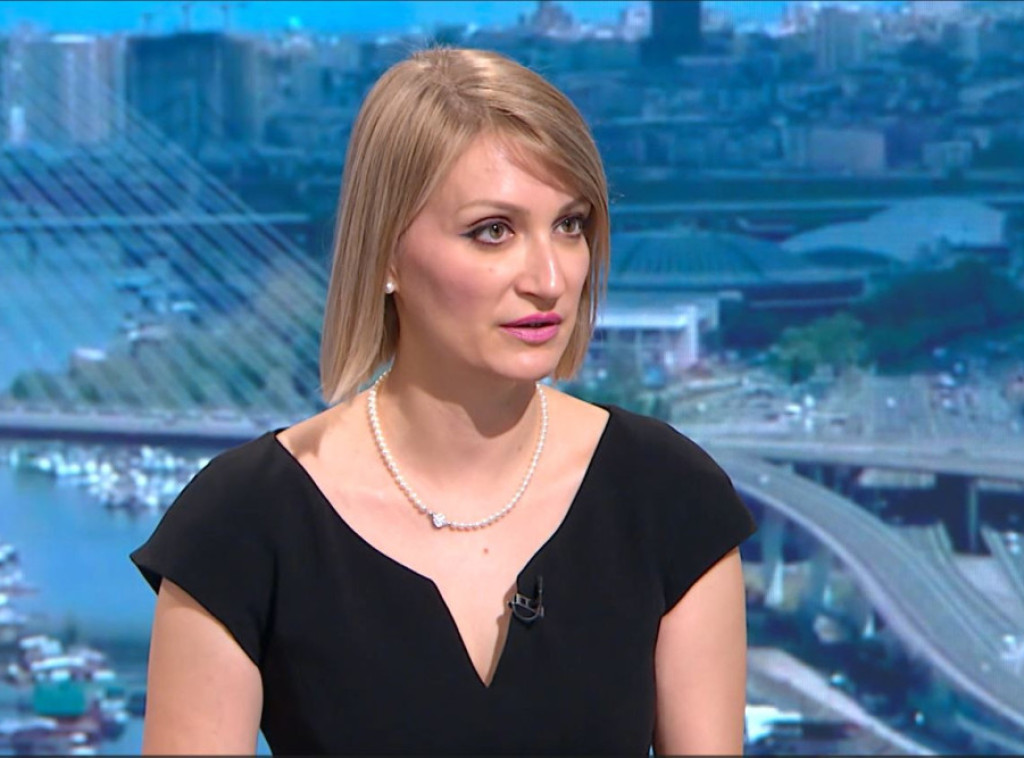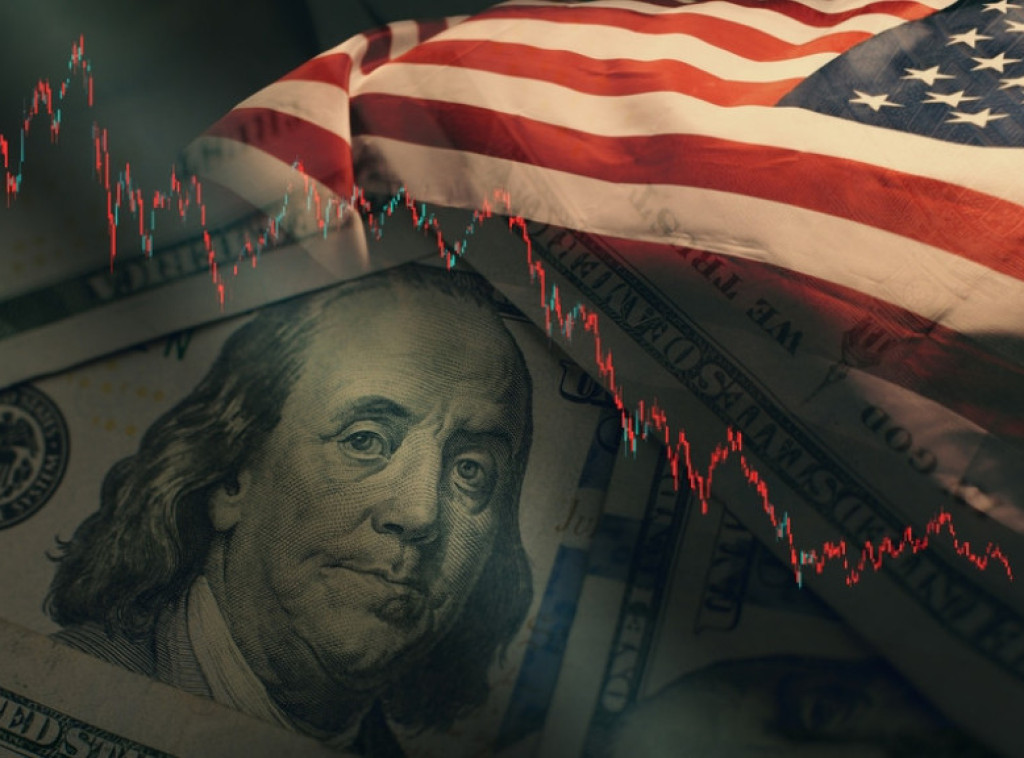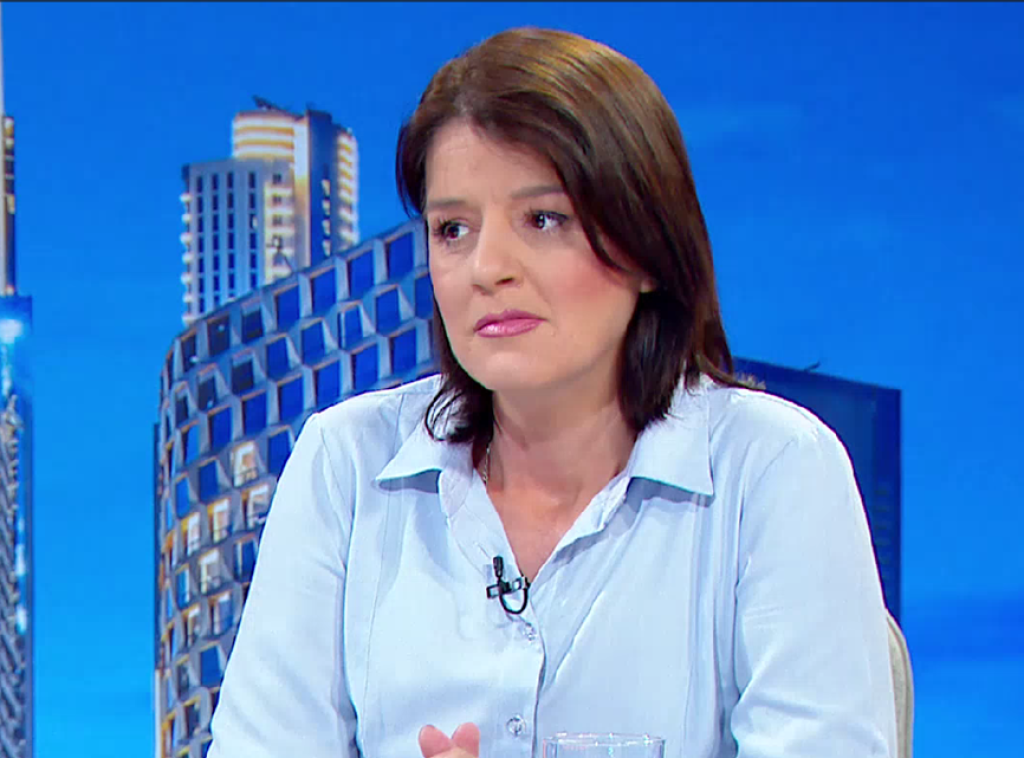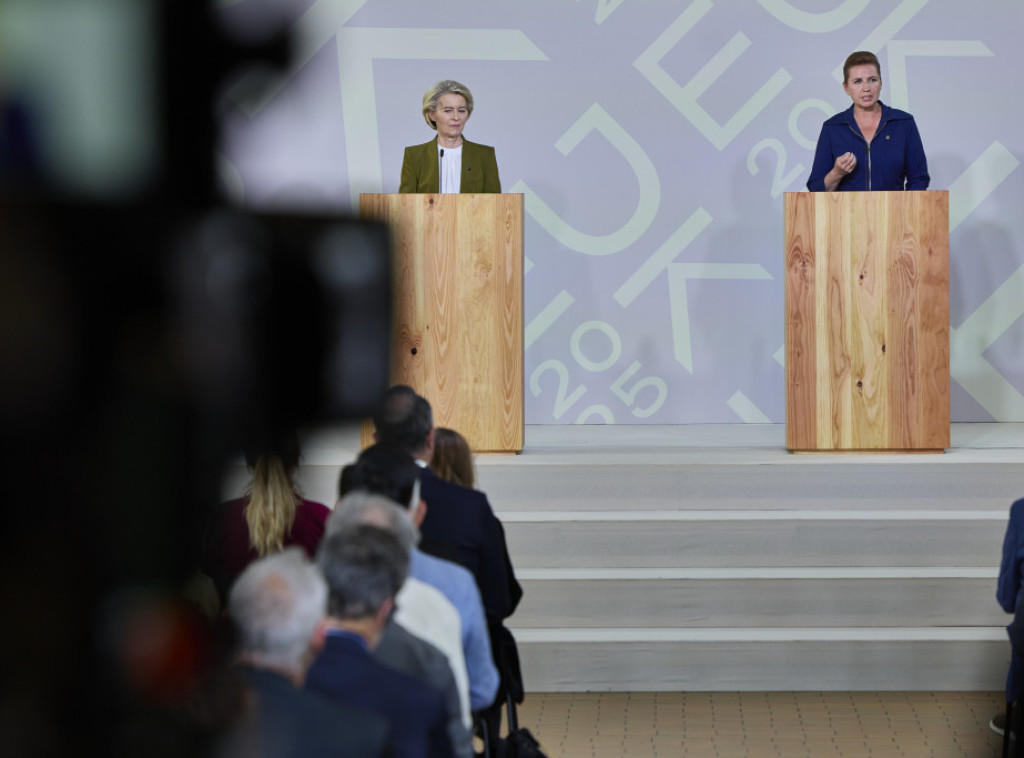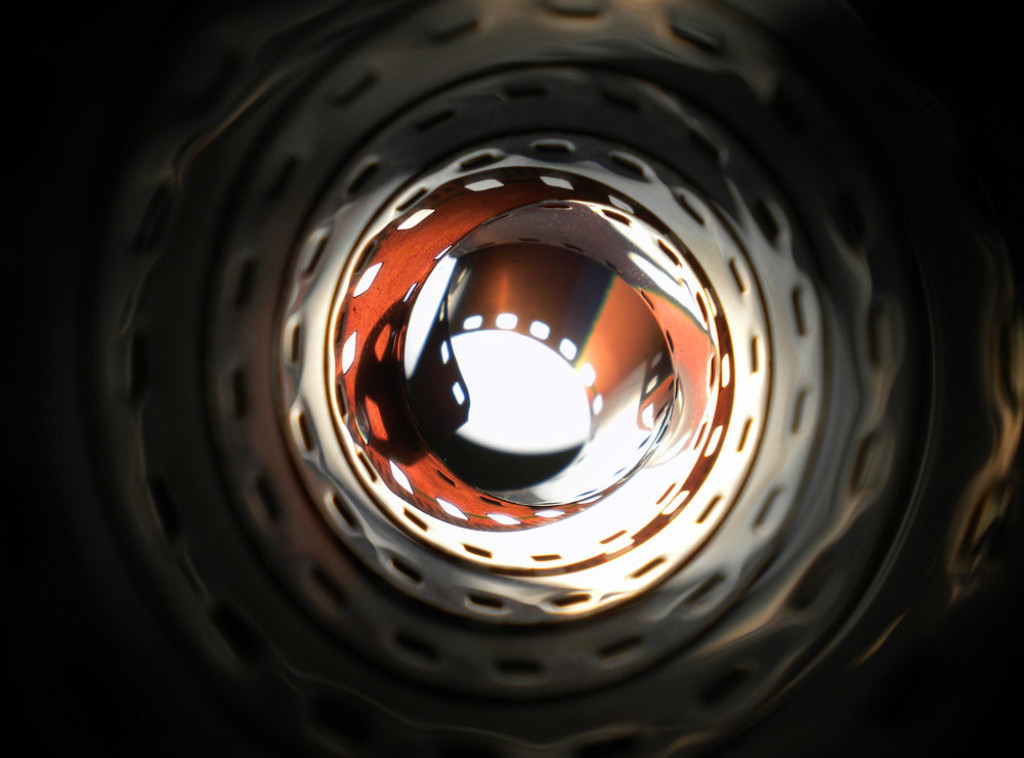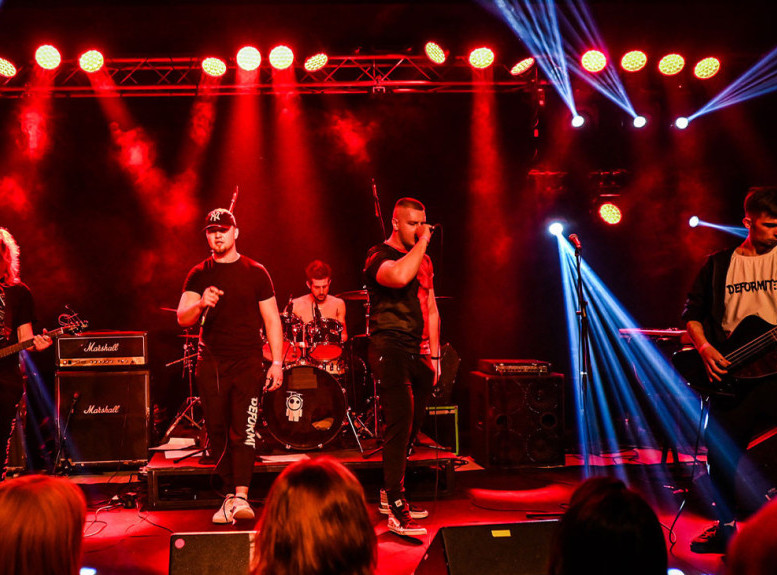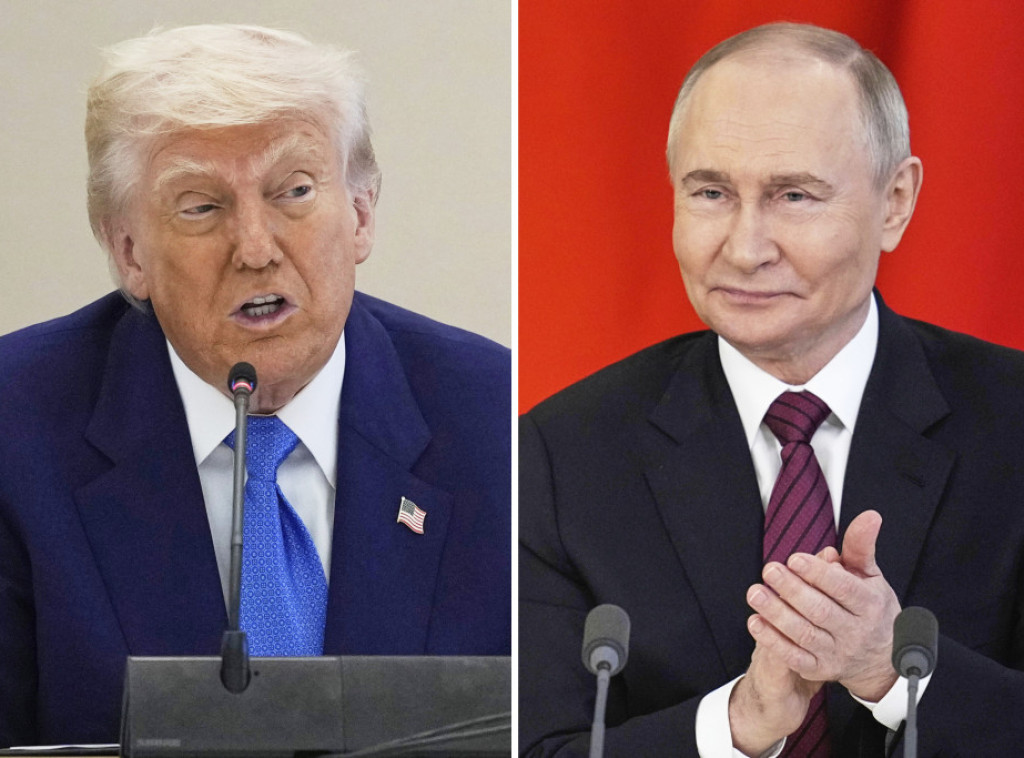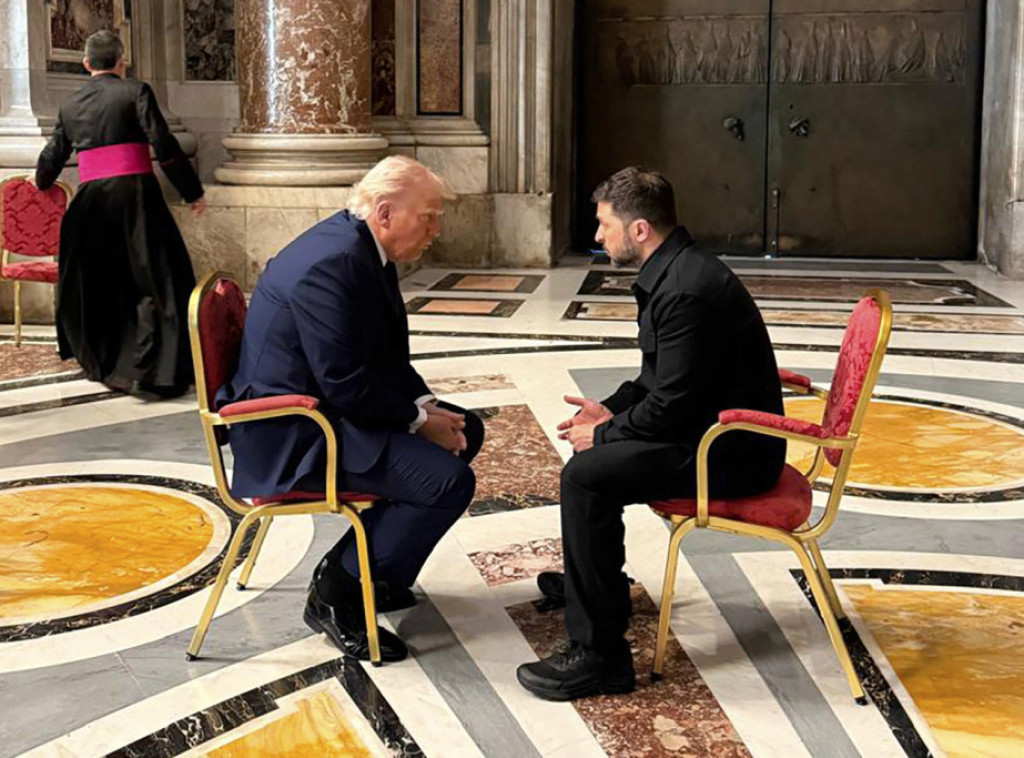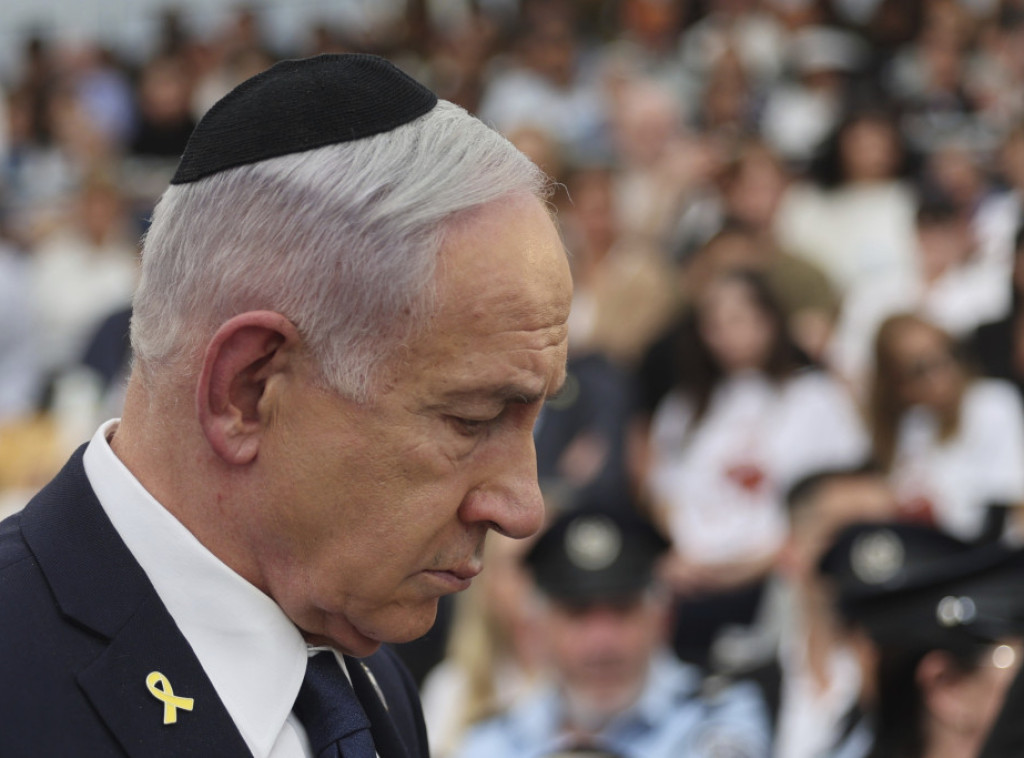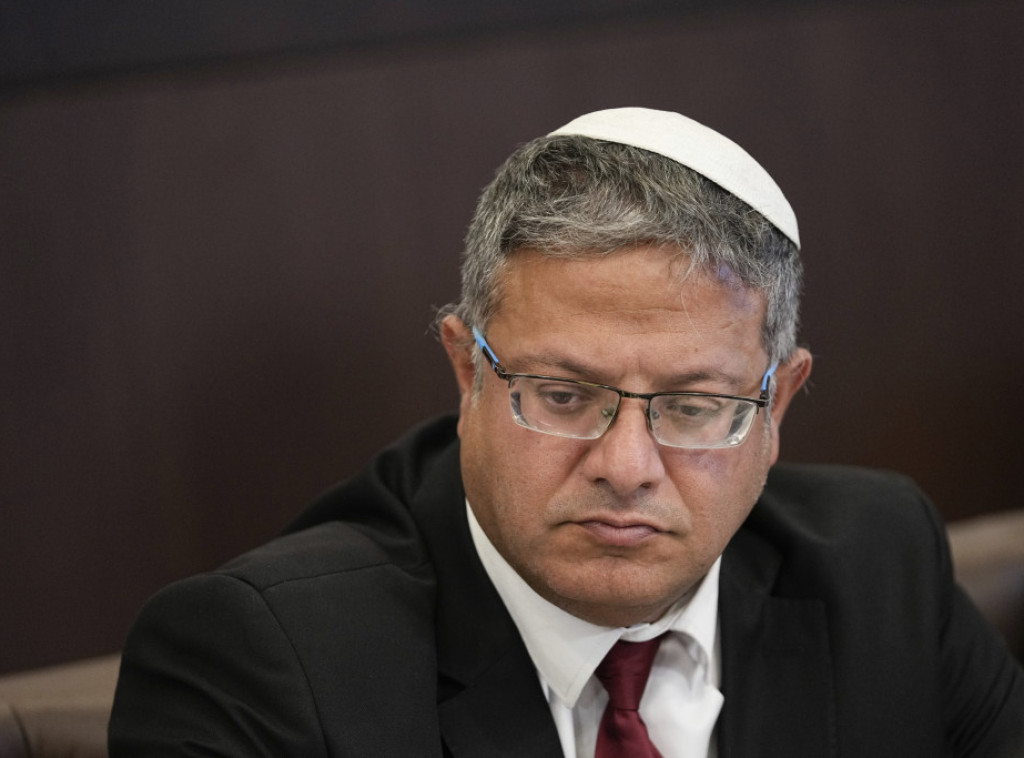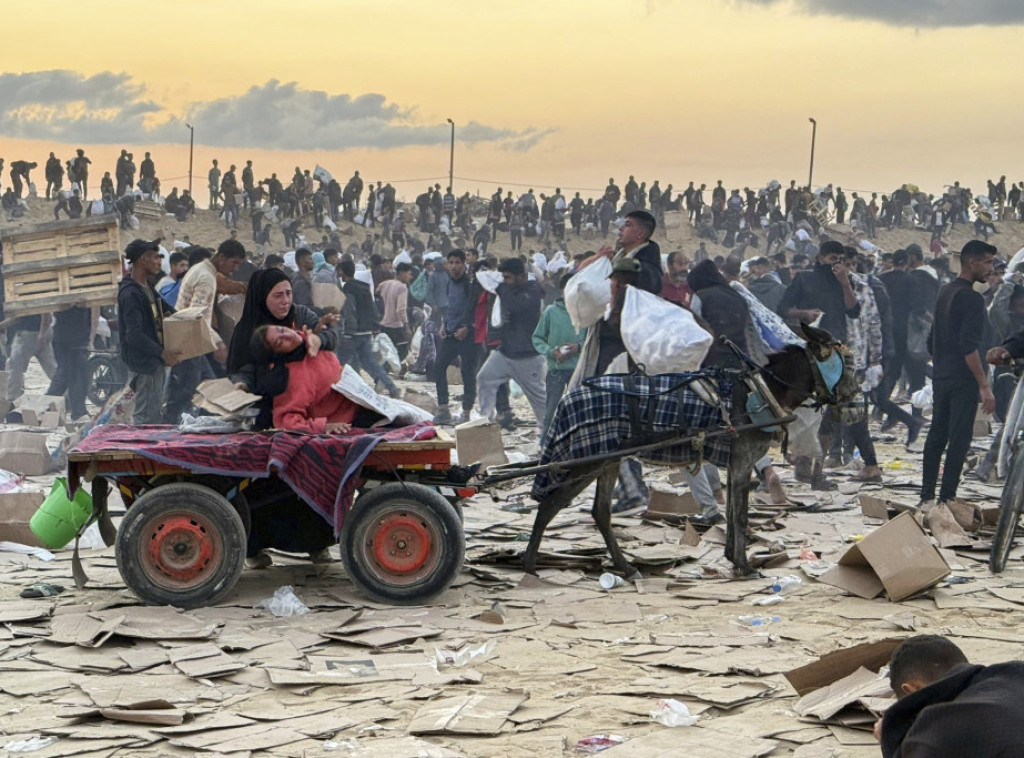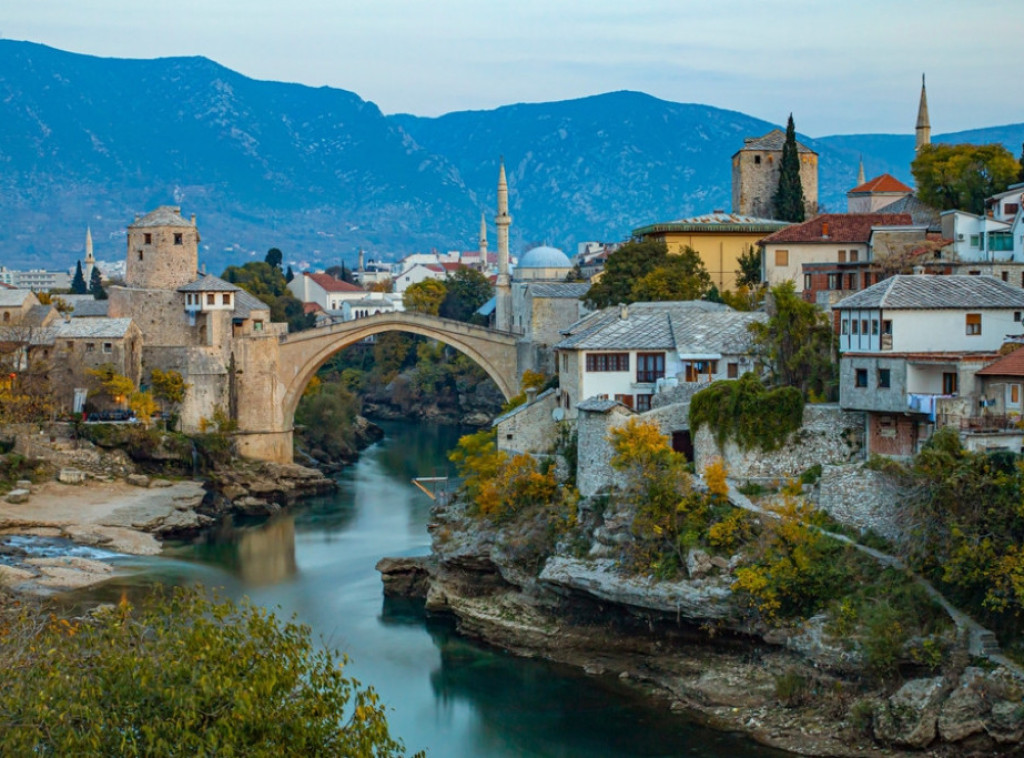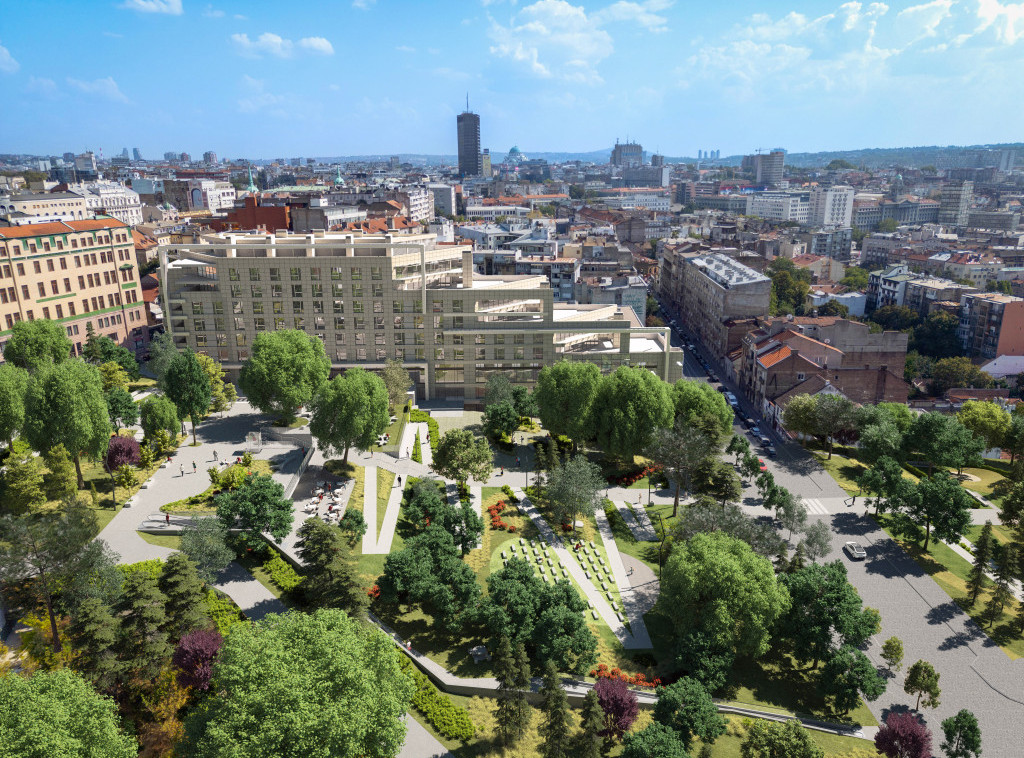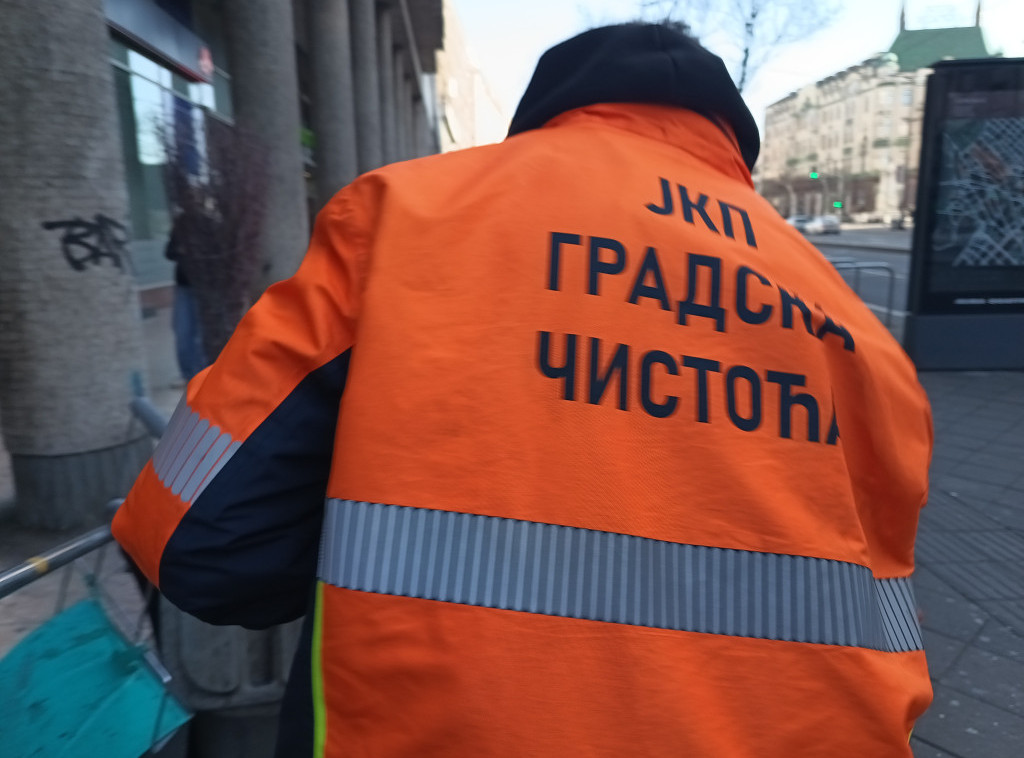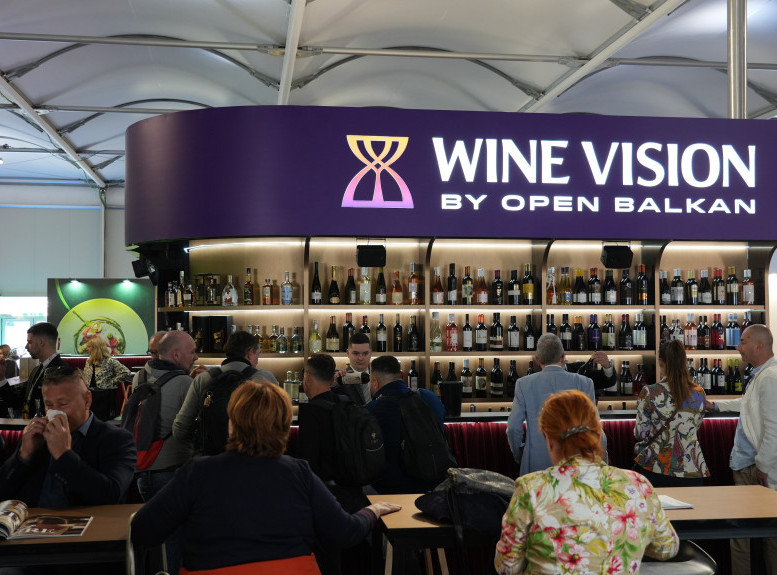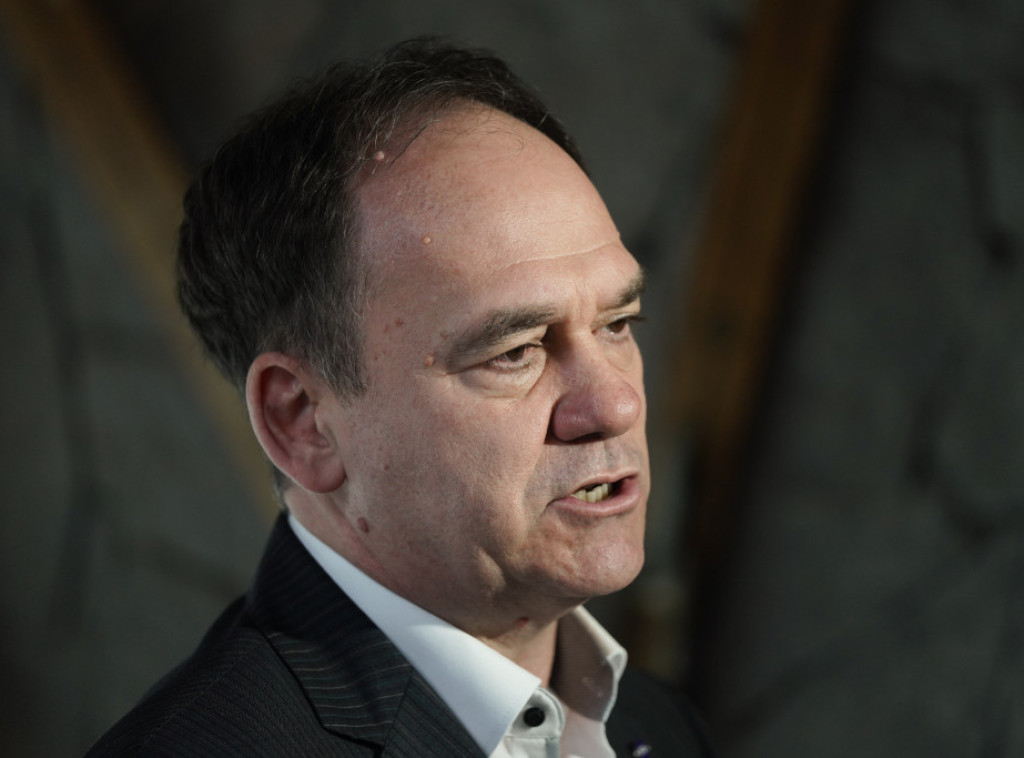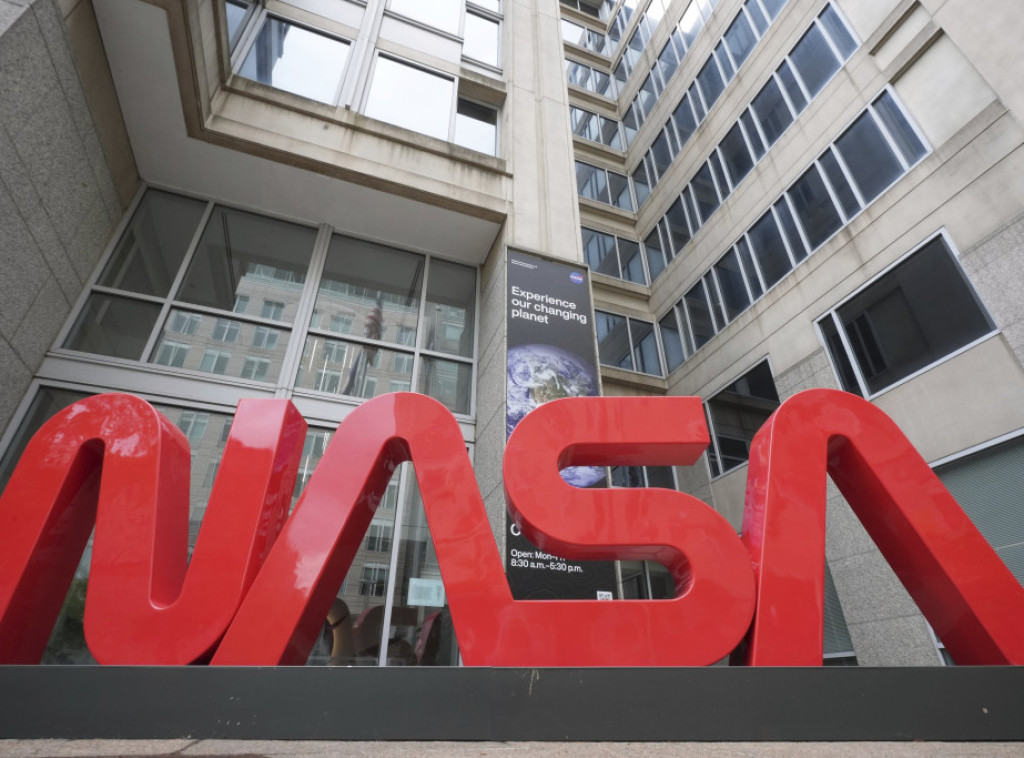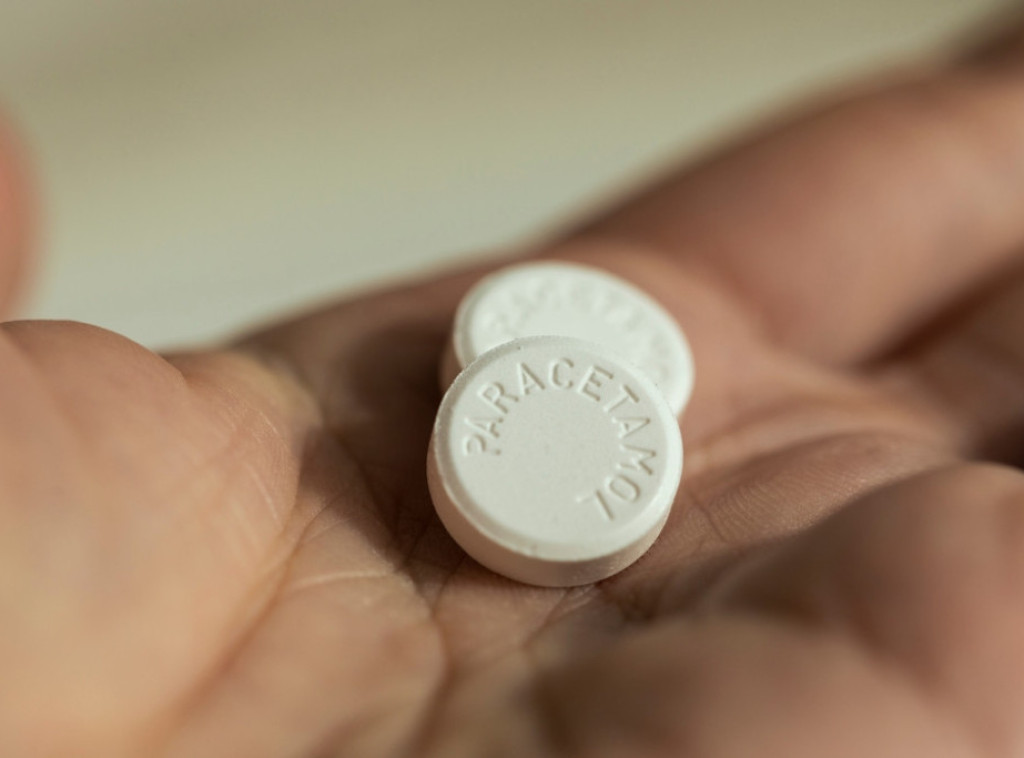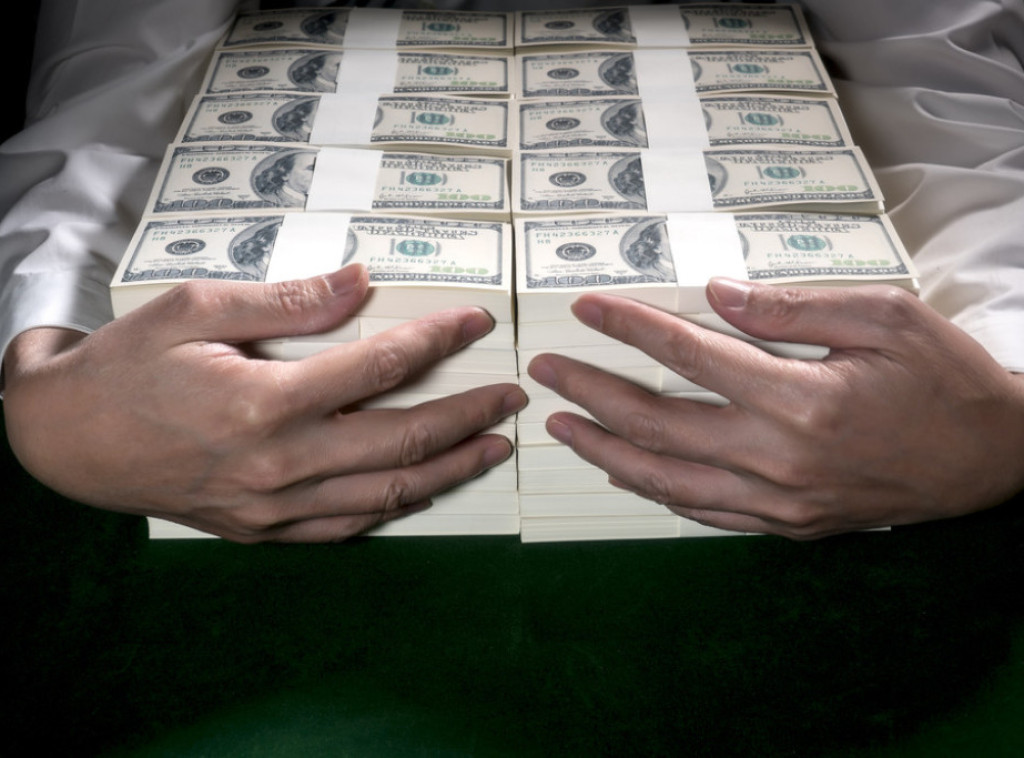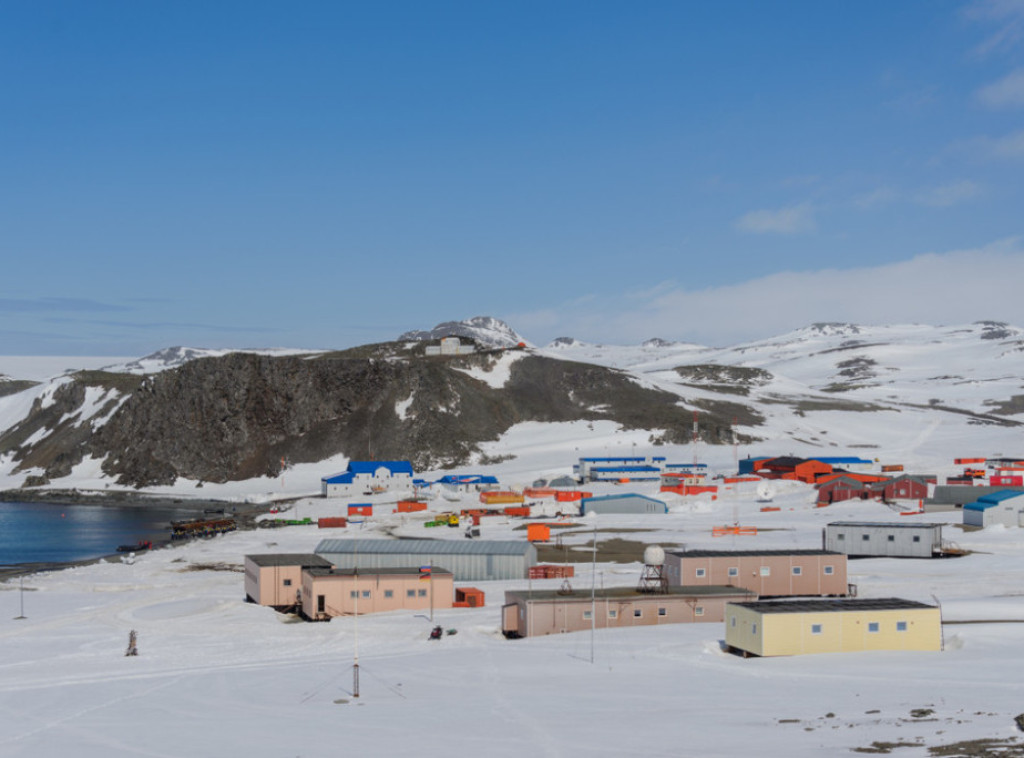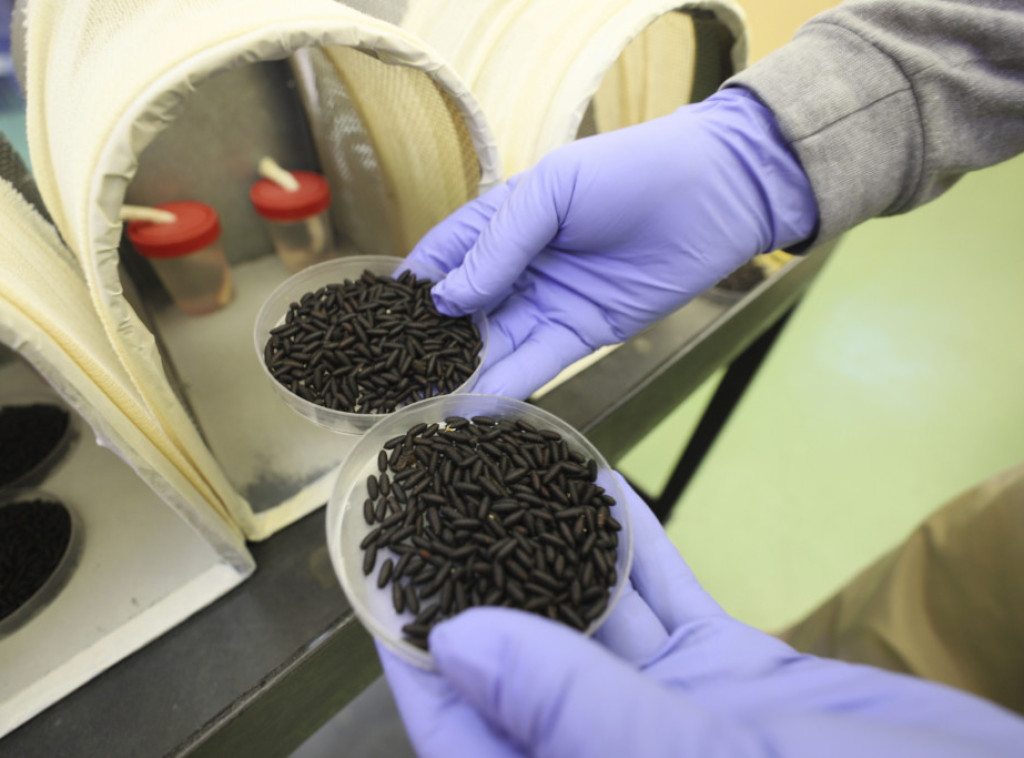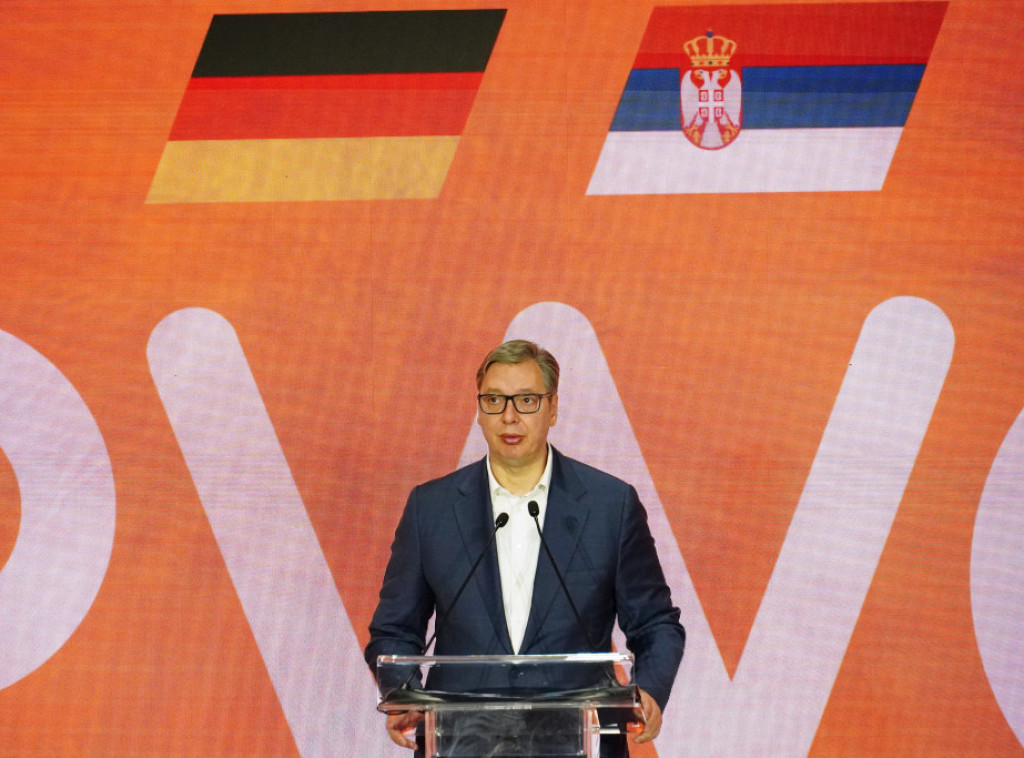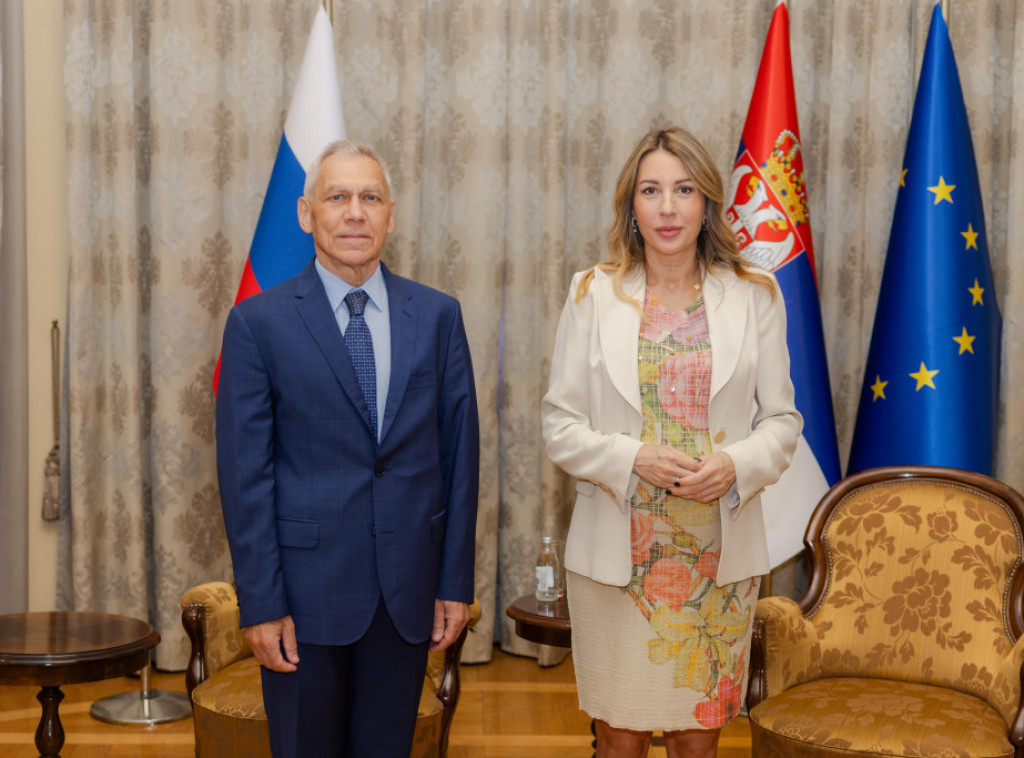Selakovic in Bratislava: Cultural Cooperation or Just Political Theater?
Serbia’s Minister of Culture, Nikola Selakovic, is at it again! This time in Bratislava, meeting with Slovak officials including the parliament speaker and the chairman of the parliamentary committee on culture. The topic? Cultural cooperation between Serbia and Slovakia, which they claim has been “very successful.” But is it just empty talk or something worth our attention?
Cultural Cooperation or Political Marketing?
The meeting took place ahead of an exhibition titled “Serbian Medieval Monasteries in Danger” at the National Gallery in Bratislava. The exhibition was previously displayed at UNESCO headquarters in Paris and marks 20 years since the Serbian Orthodox monastery of Visoki Decani was inscribed on the UNESCO World Heritage list. Selakovic emphasized that Visoki Decani is one of the most endangered cultural sites in 21st-century Europe.
But let’s be honest — how many of us truly care about the fate of a monastery when political games are being played behind the scenes? Selakovic thanked Slovakia for its principled stance of not recognizing the unilaterally declared independence of Kosovo. So, cultural cooperation is actually a political message — Slovakia and Serbia standing together against Kosovo.
Economy, Symbolism, and Politics All Rolled Into One
According to statements, the cooperation holds “extremely valuable symbolic and economic potential.” The symbolism is clear — a joint fight for Serbian culture and identity. The economy? Probably the money swirling around these events and projects. But is that enough to make a real difference?
Is This Just Another Political Show?
While the Minister of Culture boasts about the success of the cooperation, ordinary people wonder — what does this actually mean for us? Will the monasteries be protected? Will Serbia and Slovakia truly strengthen their ties, or is this just another chance for political points?
Conclusion: Cultural Cooperation or Political Farce?
All in all, the meeting in Bratislava and the exhibition about Visoki Decani are important, but we can’t ignore the political context. Serbia and Slovakia are using culture as a tool for a political message against Kosovo, casting a shadow over the real goals of protecting cultural heritage.
If you think this is just another political show, you’re not alone. What do you think? Is this real cooperation or just another scene on the political stage? Drop a comment and let’s see who’s for or against this cultural-political soap opera!





